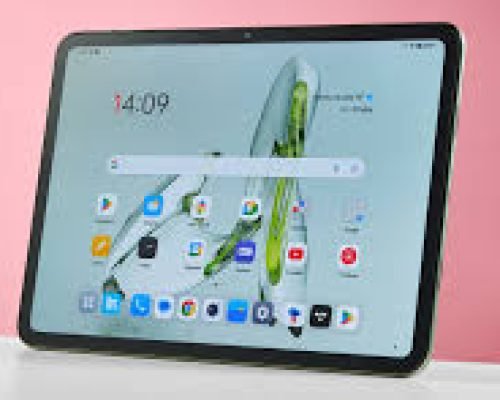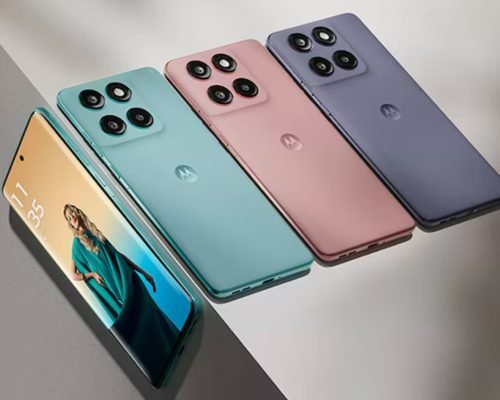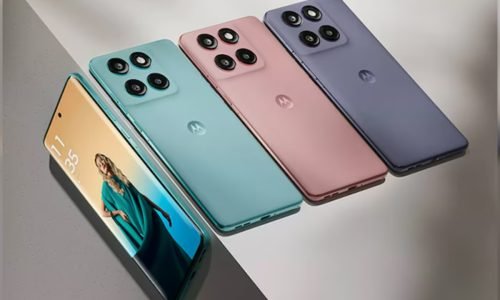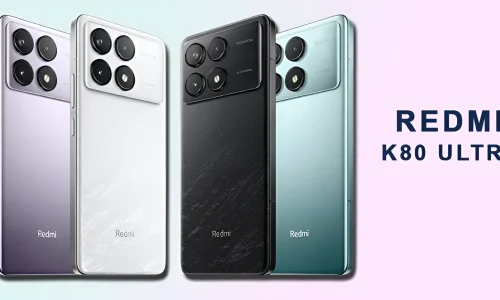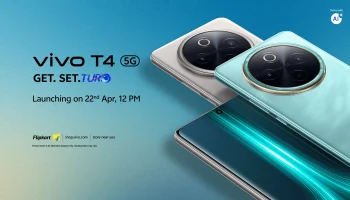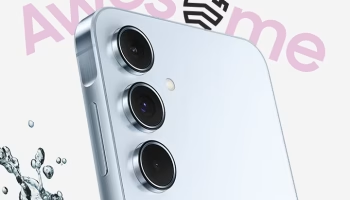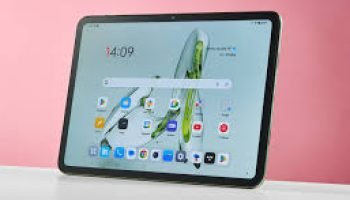Voice assistants have become an integral part of our digital lives, from asking Siri to set reminders to using Google Assistant to control smart home devices. But as smartwatches have grown in popularity, the need for powerful, intuitive voice interaction on the wrist has never been greater. In 2025, enhanced voice assistants are changing the way users interact with wearables—thanks to improved voice recognition, faster processing, and multilingual support.
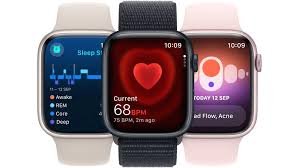
These improvements are making smartwatches more than just passive trackers or notification hubs—they’re becoming fully responsive, always-available assistants that fit in the palm of your hand (or rather, on your wrist).
Smarter Recognition: Understanding You Clearly
One of the biggest frustrations in earlier smartwatch models was poor voice recognition. Background noise, accents, and unclear speech often resulted in incorrect commands or no response at all. But new generations of voice assistants are using advanced AI-driven speech recognition to significantly improve accuracy.
Thanks to on-device machine learning, today’s voice assistants can better filter out ambient sounds, understand speech patterns, and adapt to individual users’ voices over time. Whether you’re walking through a noisy street, at the gym, or speaking softly in a quiet room, your smartwatch now understands you more clearly and consistently.
Multilingual Support: Speaking Your Language
In our increasingly global world, language support is more important than ever. Early voice assistants were often limited to English and a handful of other major languages. Today, enhanced voice assistants support dozens of languages and regional dialects, making technology more inclusive for users everywhere.
This isn’t just about translation—it’s about context-aware understanding. Advanced assistants can now comprehend local slang, cultural references, and pronunciation variations, delivering relevant responses without confusion. Whether you’re in Tokyo, Paris, or Mumbai, your smartwatch can speak—and understand—your language.
Some systems even support seamless language switching, ideal for bilingual or multilingual users. You can ask a question in Spanish and follow up in English without needing to change settings.
Hands-Free Control: Truly Convenient Interactions
Voice assistants shine in situations where touching a screen is impractical—during workouts, driving, or while carrying groceries. Enhanced voice technology now allows users to send messages, set reminders, control music, check weather, start workouts, and even control smart home devices using only their voice.
The response time has also improved dramatically. With faster processors and edge computing, smartwatches can now process voice commands instantly, reducing the lag that used to frustrate users.
Personalized Experiences Through AI
Voice assistants are also becoming more personalized. With regular use, your smartwatch learns your habits—what you typically ask, how you phrase things, and when you usually need reminders or information. This results in more natural and helpful interactions.
For example, if you often ask your watch for the weather at 7 a.m., it might start showing it to you automatically. Or, if you frequently text a specific contact after your evening run, it can suggest sending a message at the right time.
Accessibility and Inclusion
Perhaps the most meaningful impact of improved voice technology is its role in accessibility. For users with vision impairments, mobility challenges, or reading difficulties, voice assistants offer an easy, hands-free way to interact with technology. Enhanced voice capabilities make smartwatches more usable for more people, expanding their value and reach.
Looking Ahead
As AI continues to evolve, the voice assistants on smartwatches will only get smarter. In the near future, we can expect features like emotional tone detection, real-time voice translation, and context-aware suggestions that truly feel like a human assistant.
Conclusion
Enhanced voice assistants are transforming smartwatches from simple tools into intelligent, intuitive companions. With better recognition, multilingual support, and AI-driven personalization, these devices are becoming more accessible, more helpful, and more in tune with users’ lives than ever before. The future of smartwatch interaction isn’t about tapping—it’s about talking. And now, your watch is finally ready to listen.


